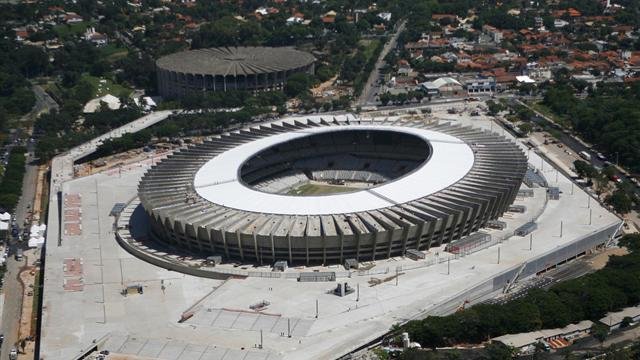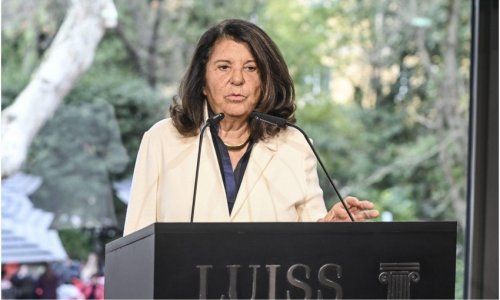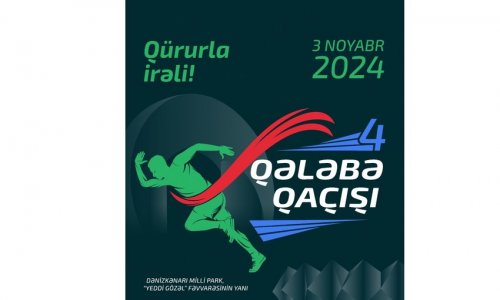Follow us !
World Cup - Venue profiles - PHOTO
Sport
16:44 | 05.12.2013

World Cup - Venue profiles - PHOTO
We profile the 12 venues that will host the 2014 World Cup in Brazil.RIO DE JANEIRO (main venue, above)Population: 6.4 millionStadium (capacity): Maracana (78,838)No. of games: Seven, including last 16, quarter-final, and finalMajor clubs: Botafogo, Flamengo, Fluminense, Vasco da GamaBrazil's best known, most beautiful and most emblematic city is not what it once was but it is still something special.Built between beaches and lush green forests, it will provide a spectacular backdrop for the World Cup final and a welcoming place for visitors to enjoy its beaches, music and friendly locals.The iconic Maracana stadium has been remodelled and Brazilians will be hoping for a repeat of the Confederations Cup climax in June when Brazil demolished World Champions Spain in front of 74,000 delirious fans.------BELO HORIZONTEPopulation: 2.5 millionStadium (capacity): Mineirao (64,000)No. of games: Six, including last 16, and semi-finalMajor clubs: Atletico Mineiro and CruzeiroIf 2014 is half as good for football in Belo Horizonte as 2013 was then the city won't complain. Atletico Mineiro won the Copa Libertadores for the first time in July and then rivals Cruzeiro secured a remarkable double by lifting the Brazilian league in November.The city is not just about football, though. Belo Horizonte might be low key compared to other Brazilian cities but it is spacious, not too built up and known nationwide for its friendly people, hearty cuisine and the beautiful rolling countryside that surrounds it.Colonial cities close by make for great day trips.-----BRASILIAPopulation: 2.8 millionStadium (capacity): Estadio Nacional (71,412)No. of games: Seven, including last 16, quarter-final and 3rd/4th place playoffMajor clubs: NoneThe country's capital was built from scratch on the deserted plains of central Brazil in the late 1950s and it remains unique, with broad boulevards, wide open spaces and a hot, dry climate.Designed by the great architect Oscar Niemeyer and featuring some of Brazil's most iconic buildings, Brasilia is no football capital, however.Although the stadium has been redeveloped for the World Cup - and is one of the most expensive - it does not host a top side.-----CUIABAPopulation: 570,000Stadium (capacity): Arena Pantanal (43,000)No. of games: FourMajor clubs: NoneLocated in the agricultural bread basket of southwestern Brazil, Cuiaba was one of the more controversial choices for one of the 12 venues.The city has no major football team and its new stadium is late and a prime candidate to become a white elephant when the tournament ends.Blistering hot in the summer, it will be cooler in June and July, when visitors can take advantage of the nearby Pantanal wetlands to visit some of South America's most spectacular nature reserves.-----CURITIBAPopulation: 1.8 millionStadium (capacity): Arena da Baixada (41,000)No. of games: FourMajor clubs: Atletico Paranaense and CoritibaCuritiba is one of Brazil's most European cities, built largely by Portuguese, German, Italian and East European immigrants.Locals are fiercely proud of its reputation for good administration and for decades now, mayors and governors from all over the world have visited the southern city to learn from its well-run urban transportation systems.Perhaps not coincidentally, local side Atletico Paranaense - whose stadium was modernised for the World Cup - has a reputation as one of Brazil's best run clubs.-----FORTALEZAPopulation: 2.6 millionStadium (capacity): Arena Castelao (63,903)No. of games: Six, including last 16, quarter-finalMajor clubs: Ceará and FortalezaLined with gorgeous beaches and stuck on Brazil's northern coast, Fortaleza is popular with European tourists due to its relative proximity to the Old World.It is a tourist hub and was the second most popular Confederations Cup venue with visitors. The city has two popular clubs, Ceara and Fortaleza, both of whom have fallen on hard times recently.-----MANAUSPopulation: 2 millionStadium (capacity): Arena da Amazonia (44,000)No. of games: FourMajor clubs: NoneA once grandiose city built on the banks of the mighty Amazon river, Manaus still shows glimpses of a past when its opera house hosted Italy's finest singers and local rubber barons and gentry sent their shirts to France to be washed and pressed.Although its footballing tradition is negligible, it's a fascinating place for visitors who want to know more about the rainforest and Brazil's rich indigenous culture.-----NATALPopulation: 850,000Stadium (capacity): Arena das Dunas (43,000)No. of games: FourMajor clubs: NoneLocated on the northeastern tip of Brazil, Natal is one of the country's most popular tourist resorts, partly because of its relative proximity to Europe.Ponta Negra and Pipa are two of the most famous beaches in the whole of Brazil and the nearby sand dunes are also hugely popular with visitors.The city is building a massive airport for the World Cup as well as a new stadium, the Arena das Dunas. However, the city does not have a strong footballing tradition and the arena is one of the favourites to be a white elephant when the tournament ends.-----PORTO ALEGREPopulation: 1.5 millionStadium (capacity): Beira Rio (52,000)No. of games: Five, including last 16Major clubs: Gremio and InternacionalRio Grande do Sul, of which Porto Alegre is the capital, is sometimes referred to as Brazil's Texas. It has a distinct local culture and its citizens are known for their good humoured directness.Many German and Italian migrants made their homes here and that means the city has a more European flavour than most.Local clubs Gremio and Internacional are two of Brazil's best supported and most successful teams.Temperatures can drop to zero in the months of June and July.-----RECIFEPopulation: 1.6 millionStadium (capacity): Arena Pernambuco (46,000)No. of games: Five, including last 16Major clubs: Nautico, Santa Cruz, SportThis sultry tropical city is dominated by sun and water. It is named after the coral reefs that line its shores and the rivers and bridges that run through and over its swamps have won it comparisons to Amsterdam or Venice.Once invaded by the Dutch, Recife briefly served as Brazil's capital in the 17th century. Today it is one of the fastest growing and most vibrant cities in Brazil with a strong local culture and identity.Its three local clubs are all well supported, with Santa Cruz regularly attracting crowds over 40,000 even in the third division.-----SALVADORPopulation: 2.9 millionStadium (capacity): Fonte Nova (53,700)No. of games: Five, including last 16, quarter-finalMajor clubs: Bahia, VitoriaPortuguese conquistadors touched land near here in 1500 and Brazil's destiny as a Portuguese colony was sealed. The former capital of Salvador has fallen into disrepair in recent times but there are still glimpses of its historic past.Millions of African slaves were shipped here and the city's Afro-culture remains strong in food, music and art.The central Pelourinho district has some spectacular churches and architecture and the beaches close to the city are also famous and very popular.-----SAO PAULOPopulation: 11.8 millionStadium (capacity): Itaquera (65,000)No. of games: Six, including opening match, last 16 and semi-finalMajor clubs: Corinthians, Palmeiras, Sao PauloSao Paulo is the biggest city in Brazil and as its business and commercial capital undeniably one of the most important.It is a city of contrasts, with poor communities of crumbling buildings and deficient transportation circling gleaming skyscrapers with helipads on top.Sao Paulo is known for its nightlife and has some of the best bars, clubs and restaurants in the world, let alone Brazil. And its football is just as popular.Corinthians, Palmeiras and Sao Paulo are all former world champions and nearby Santos, just an hour away on the coast, needs no introduction.The opening match will be held at Corinthians' new stadium, which was hit by tragedy in November when a crane collapsed and killed tow people.(eurosport.com)ANN.Az










